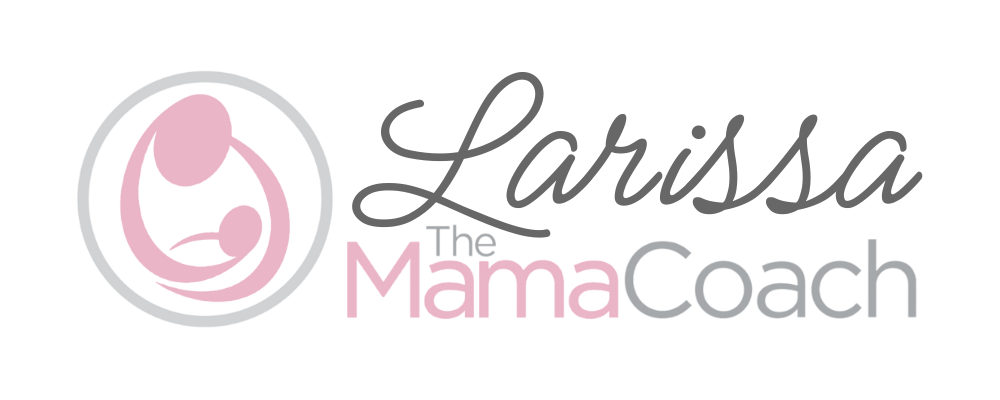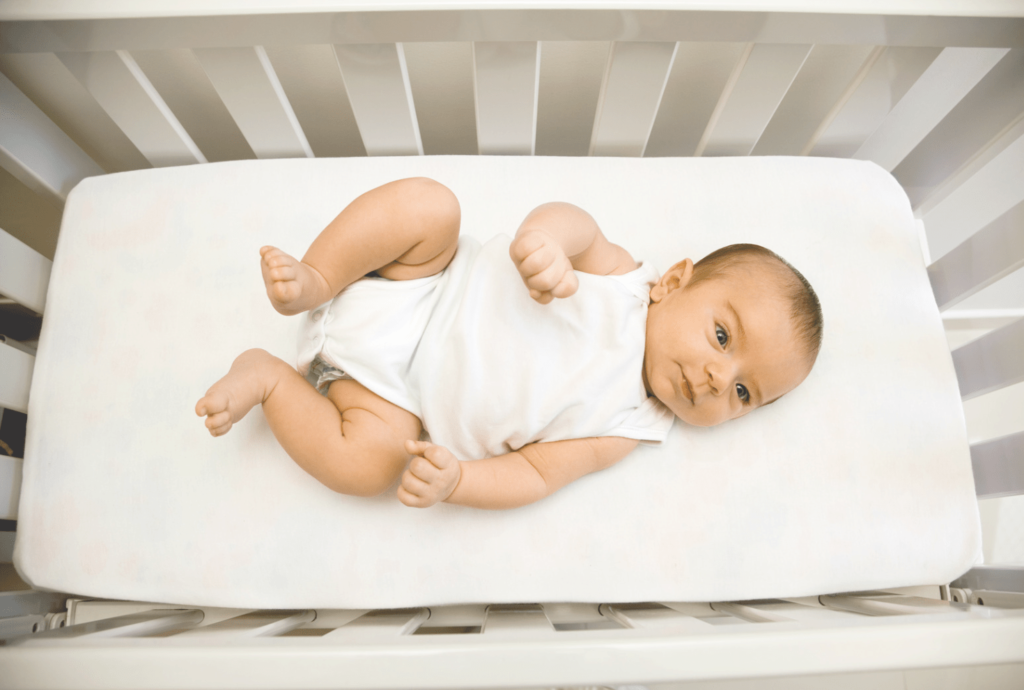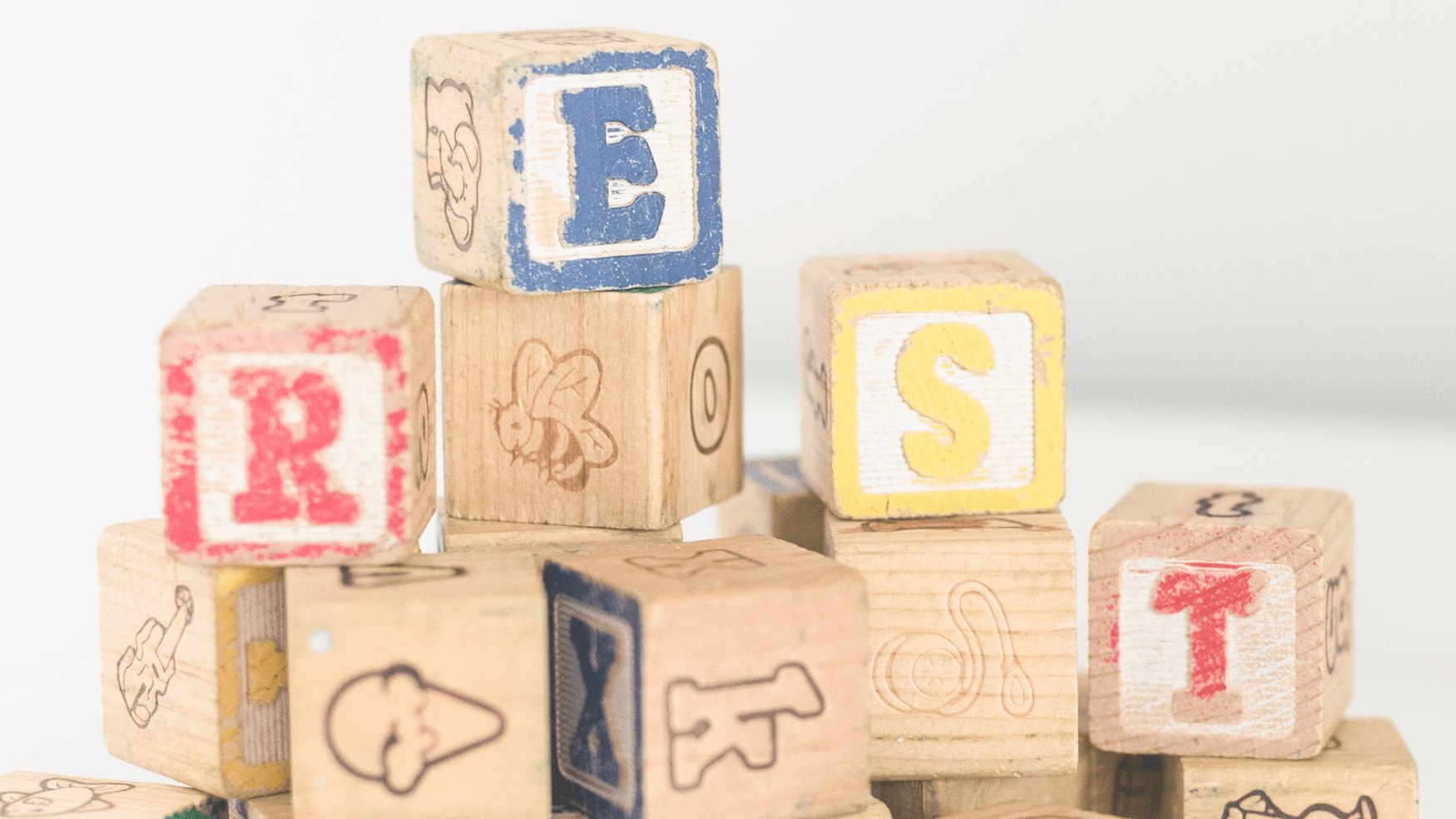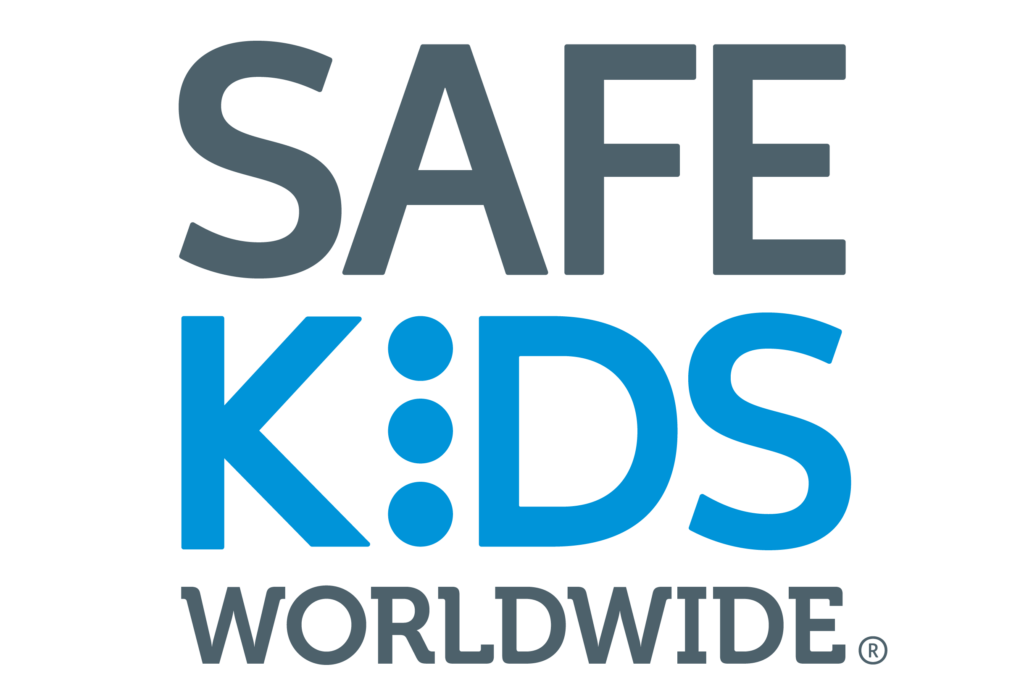As parents of infants and toddlers, it seems like whenever we finally find a nap schedule that works, it’s time for it to change. This is because babies and young toddlers have rapidly changing sleep needs. Nap schedules are most variable during the first year, becoming more stable into toddlerhood. Check out the graphic below to get an idea of how many naps your child may take based on their age with this baby nap guide:
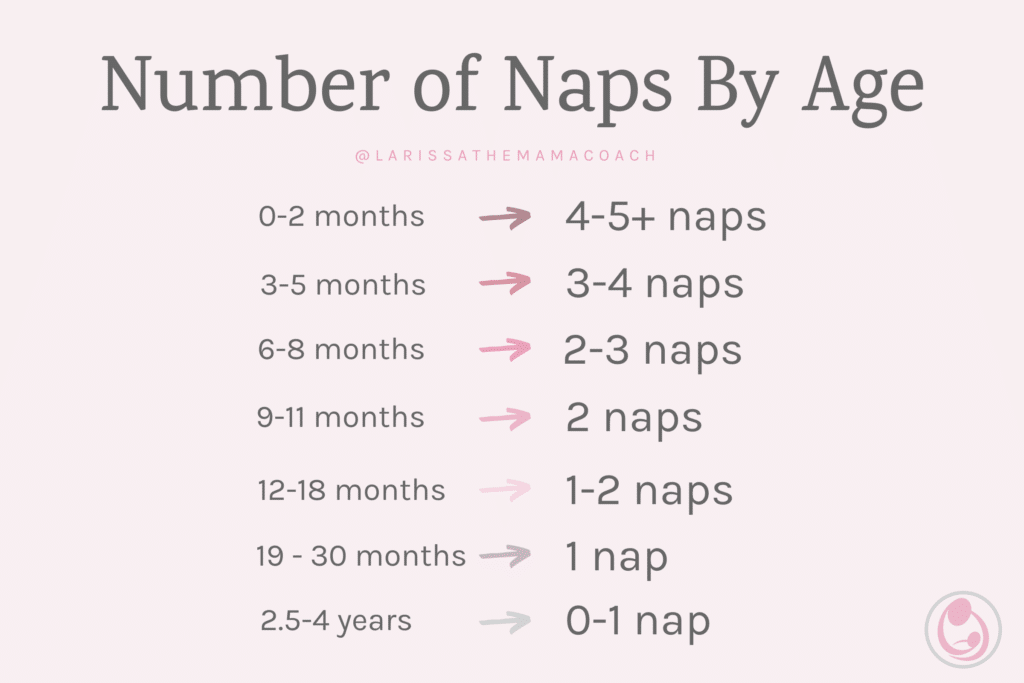
Please know that the ranges above are just typical, but not required. Use the below as a guide. Your baby might be on a different schedule than what is specified for their age. As long as it seems to be working well for them, no need to make any changes. However, if you are experiencing sleep challenges (like short naps after 6 months old, new night wakings, early mornings, or lots of protest at bedtime), consider adjusting their schedule based on what’s suggested for their age.
Let’s review what you can expect for each nap schedule:
4 Naps Per Day:
- Wake Windows: 1.25-2 hours
- Average Length of Each Nap: Variable, 30 minutes – 2 hours (often they are short)
- Average Total Daytime Sleep: 4-5 hours
- 4-3 Nap Transition: Typically happens between 4-5 months old
3 Naps Per Day:
- Wake Windows: 2-3 hours
- Average Length of Each Nap: 30 minutes – 1.5 hours (Often the first and second naps are longer, and the third nap of the day is a 30-minute catnap)
- Average Total Daytime Sleep: 3-4 hours
- 3-2 Nap Transition: Typically happens between 6-8 months old. For more on the 3-2 nap transition, check out this blog post.
2 Naps Per Day:
- Wake Windows: 2.5-4 hours
- Average Length of Each Nap: 1-1.5 hours
- Average Total Daytime Sleep: 2-3.5 hours
- 2-1 Nap Transition: Typically happens between 12-18 months old. For more on the 2-1 nap transition, check out this Instagram post.
1 Nap Per Day:
- Wake Windows: 4-6 hours
- Average Length of Nap: 1.5-2.5 hours
- Average Total Daytime Sleep: 1.5-2.5 hours
- 0-1 Nap Transition: Typically happens between 2.5-4 years old. The timing of this transition varies by child. Sometimes this happens naturally – your child may stop falling asleep for their nap at some point, often around their third birthday. Other times, your child will happily nap, but it is impacting their ability to fall asleep at bedtime, or possibly even contributing to night wakings. If that’s the case, you may want to cap or drop their nap altogether to preserve their night sleep.
Signs it’s time to drop a nap:
- Your baby is fighting their last nap
- Your baby is spending most of one of their naps playing and talking instead of sleeping
- Most naps are suddenly and consistently short
- You’re noticing new early morning wakeups that are becoming routine
- You’re having a hard time fitting the last nap in without pushing bedtime too late
If your baby is showing any of the above for 5 or more days within one week, and they’re in the typical age range for dropping a nap, it may be time to jump into a new schedule! Follow these guides to help get you there.
Keep in mind that some of the above signs may be present if your baby is working on a new motor skill like sitting or crawling, and then once your baby has mastered that skill they will return to their old schedule. If your baby is on the younger end of the range of dropping a nap and is in the thick of a new motor milestone, sit tight with their schedule for a bit to see if they go back to sleeping well after a week or two. These guides should help!
How exactly do I drop a nap?
If you think your baby is ready to drop a nap, you will want to increase their wake windows. Depending on their age and temperament, you can either do this gradually or jump right into the new schedule. If you see sleepy cues when trying to stretch their awake time, here are some things you can do to make it to the next sleep, just follow this guide:
- Change your baby’s scenery – go outside or head to a new room in your house
- Try a baby-safe sensory bin or activity
- Offer a snack if you’ve started solid foods
- Put your baby in the carrier, facing out if you have that option
- Give them an extra long bath if it’s before bed. If it’s before a nap, play with some water in a bin or in the sink
Early bedtime is your friend!
Your child will likely need an earlier bedtime when you are in the process of dropping a nap, as it can be hard to adjust to longer wake windows. Bedtime might be as early as 6 or 6:30 pm the week of a nap transition and will usually settle around 7 or 7:30 pm once your child is used to longer wake times.
Need help with your baby’s sleep? Learn more about my sleep services here.
